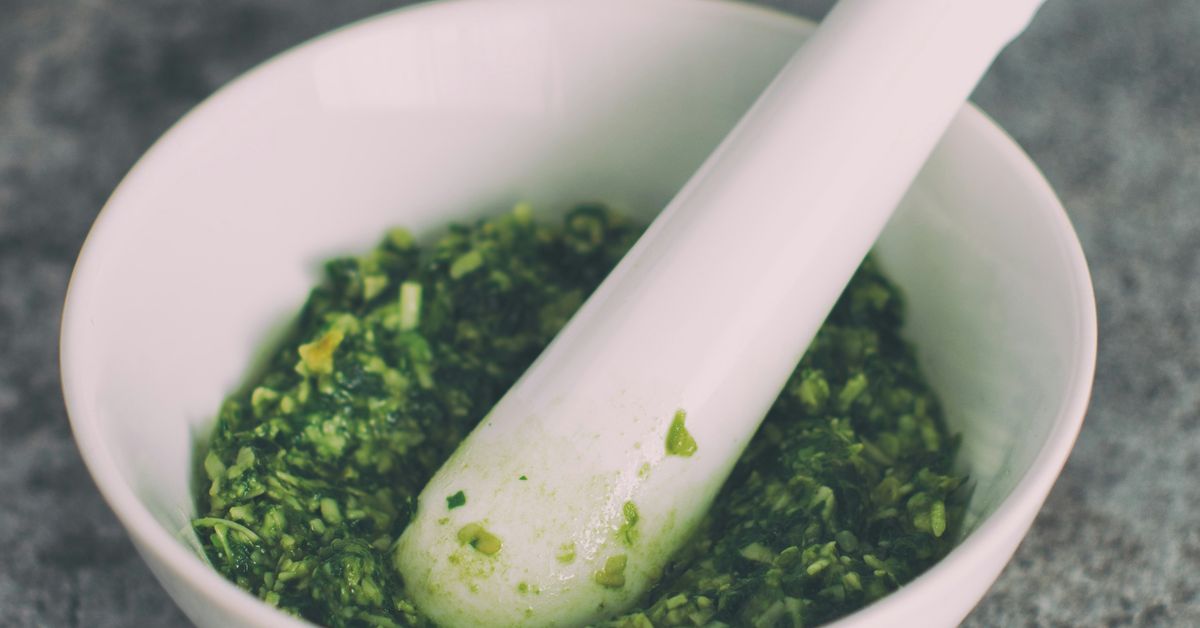Unveiling the Culinary Myths: What Really Makes Your Pasta Perfect?
When it comes to pasta, there’s a world of myths swirling around like a good ol’ spaghetti twirl on a fork. I mean, who hasn’t heard someone proclaim that adding oil to the water helps prevent sticking? Or that pasta should always be cooked al dente? Sure, these statements have their roots in tradition, but are they really the gospel truth? Today, we’re diving deep into the culinary underbelly of pasta-making to sift through the facts, fables, and, dare I say, the “pasta-ble” misconceptions.
The Essence of Pasta: Understanding the Basics
Before we peel back the layers of myth and reality, let’s take a moment to appreciate what pasta truly is. At its most basic, pasta is a simple combination of flour and water. Yes, that’s right! Just two ingredients. The magic happens when you introduce eggs into the mix, creating fresh pasta that’s rich and satisfying.
Now, the type of flour used can greatly influence the texture and flavor. For instance, many Italian chefs swear by semolina flour for its high protein content, which gives pasta that delightful bite we all love. In contrast, all-purpose flour can yield a softer texture that may suit certain dishes better. But here’s the kicker: the flour you choose can drastically alter your cooking experience, leading us directly into the age-old debate of dried versus fresh pasta.
Dried vs. Fresh Pasta: The Eternal Debate
Ah, dried pasta! The pantry staple we all reach for in times of culinary urgency. Made from durum wheat semolina and water, it’s typically dried for long-term storage, making it super convenient. But then, we have fresh pasta, which is often made with eggs and has a tender, luxurious texture.
Some folks will argue that fresh pasta is the only way to go, claiming it’s superior in flavor and texture. I mean, I remember a dinner party where one guest declared that fresh pasta was “like a hug in a bowl.” However, dried pasta has its place, especially when it comes to certain dishes. Ever tried an authentic carbonara? The dried pasta can soak up the sauce beautifully, creating a harmony of flavors.
When to Use Each Type
It’s all about balance. Here’s a quick rundown:
- Dried Pasta: Best for hearty sauces, baked dishes, and traditional Italian recipes.
- Fresh Pasta: Perfect for delicate sauces, lighter dishes, and when you have the time (and patience) to make it from scratch.
Ultimately, it boils down to personal preference—some of us are die-hard fans of that bite you get from dried pasta, while others swoon over the silky texture of fresh.
The Water Conundrum: Salt, Oil, and the Science Behind It
Now, let’s tackle a critical aspect of cooking pasta: the water. Many home cooks—bless their hearts—believe that adding oil to the boiling water helps keep the pasta from sticking. This is where things get a little murky. In reality, adding oil doesn’t really prevent sticking; it just coats the pasta in oil, making it slippery and less likely to absorb the sauce later. So, if you want that sauce to cling to your noodles, save the oil for drizzling on top.
But what about salt? Ah, the salinity debate. Many chefs recommend salting your water heavily before adding the pasta—think sea-water levels of salt. This isn’t just for flavor; it also helps the pasta cook more evenly. You see, pasta absorbs water as it cooks, and if your water isn’t salted, you’re missing out on an essential flavor component. Some studies suggest that salted water enhances the pasta’s ability to retain flavor, making each bite more delectable.
Cooking Time: The Al Dente Myth
Now, let’s address the golden rule: pasta should always be cooked al dente, which translates to “to the tooth” in Italian. The myth surrounding this phrase is that it’s the only acceptable way to serve pasta, but let’s take a moment to consider the reality. Al dente pasta has a slight firmness when bitten into, which is often preferred in traditional Italian cooking. However, the ideal cooking time can vary based on the pasta shape, thickness, and even the brand.
As a personal anecdote, I once visited a quaint Italian restaurant where the chef proudly declared that his pasta was meant to be “a little soft, a little saucy.” And you know what? It was divine! So, while al dente is a great benchmark, don’t be afraid to experiment based on your taste preferences. Each pasta shape may have its own personality, and you might find a new favorite.
The Sauce Saga: Pairing Pasta and Sauce
Ah, pasta and sauce—the ultimate power couple. The sauce you choose can completely transform a simple bowl of noodles into something extraordinary. But here’s a head-scratcher: can you really pair any sauce with any pasta? The answer is a resounding… maybe!
Some classic pairings have stood the test of time for a reason. For instance, a hearty ragù works wonders with pappardelle, while a light tomato sauce sings alongside spaghetti. But don’t be confined by tradition! I once paired a creamy pesto with farfalle just for kicks, and it turned out to be a match made in culinary heaven.
Familiar Pairings
Here are a few classic combinations to consider:
- Spaghetti: Best with marinara, carbonara, or aglio e olio.
- Penne: Pair with vodka sauce or a chunky vegetable sauce.
- Fettuccine: Works wonderfully with Alfredo or rich meat sauces.
- Farfalle: Great for creamy or pesto sauces, adding a whimsical touch.
It’s always fun to play around with flavors, but try to consider the texture and weight of both the pasta and the sauce for a harmonious dish.
Finishing Touches: The Importance of Garnishes
Now that you’ve cooked your pasta to perfection and paired it with a sauce that sings, there’s just one last detail to address: garnishes. Ever notice how a sprinkle of fresh herbs or a grating of cheese can elevate a dish from ordinary to extraordinary? It’s true! A dash of freshly cracked black pepper, a drizzle of olive oil, or a sprinkle of parmesan can make all the difference.
As a self-proclaimed cheese enthusiast (I mean, who isn’t?), I often find myself dousing my pasta in a ridiculous amount of grated pecorino Romano. Not only does it add a salty, savory flavor, but it also gives the dish a lovely visual appeal. And let’s not forget about the role of herbs. Fresh basil, parsley, or even a touch of chili flakes can enhance the overall flavor profile.
Common Mistakes to Avoid
In our quest for the perfect pasta, it’s essential to acknowledge the common pitfalls that can ruin an otherwise stellar dish. Here’s a quick list of missteps to sidestep:
- Not using enough water: This can lead to sticky, unevenly cooked pasta.
- Overcooking: Keep an eye on your timing to prevent mushy noodles.
- Not salting the water: This is a cardinal sin that can lead to bland pasta.
- Rinsing cooked pasta: This washes away the starch that helps sauce adhere.
If you can avoid these mistakes, you’re well on your way to pasta perfection. But let’s be real—everyone has their off days, and sometimes, it’s about the journey, not just the destination.
Conclusion: The Joy of Pasta
So, what really makes your pasta perfect? It’s a combination of understanding the basics, embracing the nuances of different types and styles, and, most importantly, enjoying the process of cooking. At the end of the day, pasta is more than just a meal; it’s a canvas for creativity and a vehicle for cherished memories. Whether you’re whipping up a quick weeknight dinner or hosting a lavish Italian feast, remember that the best pasta is the one made with love—and maybe a little bit of chaos.
As I sit here reminiscing about my own pasta adventures, I can’t help but feel a sense of satisfaction knowing that each bowl is a celebration of tradition, innovation, and, of course, a touch of humor. So, grab your favorite pasta, don your apron, and let’s get cooking!




